What to Do When Your Hot Water Isn't Getting Hot Enough | The Spruce
Lukewarm water is unpleasant in the shower and ineffective for thoroughly cleaning clothes, dishes, and other items that need to be regularly washed in warm or hot water. It's important to fix this problem and regain the hot water that you were once able to enjoy. Addressing a water temperature issue doesn't just improve your relaxation in the shower: It's also necessary to ensure that you have the hot or warm water you need to effectively clean dishes, clothes, and more.
However, if you don't know how to inspect and rectify the problem, you may need to rely on a professional plumber to fix the issue. DIYers that are experienced in plumbing may be able to resolve this issue on their own, though it depends on the exact cause of the problem. Keep reading to find out what to do when your hot water isn't getting hot enough.
Check and Adjust the Thermostat
One of the first things to check if the hot water in your home is now coming out lukewarm, cold, or even if it's too hot is the thermostat on the hot water tank. It may sound like a common-sense solution, but many people don't know that the hot water tank has a thermostat to adjust and it can get bumped or otherwise changed by accident when someone is working in the utility room and around the hot water tank.
Check the thermostat and adjust the temperature if it is too low or too high. Just make sure that you don't set the temperature above 120ºF, as this can lead to scalding temperatures and severe burns.1
If you adjust the thermostat and the water temperature remains the same, the problem may be a broken or faulty thermostat. Unfortunately, if this is the problem, then you will need to call a plumber or a hot water tank technician to fix or replace the thermostat.
Tripped Hot Water Tank Breaker
Electric hot water tanks use heating elements that are powered by electricity to heat the water within the tank, but like all electrical appliances, equipment, and fixtures, electric hot water tanks are susceptible to power surges, shorts, and other issues that can cause the breaker to trip. If the water temperature suddenly changes and continues to get colder, then the issue may be caused by a tripped breaker or blown fuse.
Fixing this problem is usually as simple as flipping the breaker back to the ON position or replacing a blown fuse, but if the breaker trips again or the water heater simply doesn't restart, then there is likely a malfunction in the home electrical system or the hot water tank that will need to be fixed by an electrician or a licensed hot water technician.
It should also be noted that if the water remains lukewarm for more than a day, then it's likely that a tripped breaker isn't the problem, as the hot water tank is receiving power and it's still able to partially heat the water.
Unmanageable Hot Water Demand
One of the more common issues that can impact the temperature of the water is the current demand within the household. If you got a burst of energy and put on a load of laundry, filled the dishwasher, then hopped in the shower to relax, then it's likely that the amount of hot water you are attempting to use is more than the hot water tank has stored. If this is a common occurrence in your home, then it may be beneficial to invest in a tankless hot water heater that heats the water on demand.
Also, keep in mind that you will always struggle with hot water issues if the hot water tank is too small for the home. If the hot water tank reliably supplies hot water to the appliances and plumbing fixtures in the home, but the amount of hot water isn't enough to suit the needs of the household, then consider upgrading to a larger hot water tank or replacing the hot water tank with a tankless water heater.
Sediment Build-Up
Homeowners that regularly deal with hard water problems are likely familiar with sediment build-up in the bottom of the hot water tank. Over time, minerals in the water sink to the bottom of the tank and stick to the heating elements, reducing the amount of heat transferred from the heating elements to the water. This sediment impediment can result in the hot water tank running constantly to try and increase the heat of the water, though in many cases the lukewarm water is needed before the hot water heater can adequately heat the water through the sediment.
Resolve this problem by draining and flushing the hot water tank. Experienced DIYers can generally handle this task on their own, but homeowners that lack experience will likely need to call a plumber or a hot water heater technician to resolve this problem. It's advised to schedule yearly maintenance to help prevent this problem and keep the hot water heater in top working condition.
Leaking Hot Water Tank
A leak from the hot water heater needs to be fixed as soon as possible. Not only can a leak reduce the temperature of the water, but it can also cause severe injury to unsuspecting individuals who may step in or touch the leaking hot water. Leaks in any water system pose a risk to the structure of the home and may cause significant water damage, leading to costly repairs.
If you see or suspect a leak in the hot water heater, turn off the water to the water heater and call a professional plumber or hot water tank technician immediately. Keep in mind that even with the water turned off, there is still an entire tank full of water that can drain through the leak in the tank, so be prepared to catch any water with a bucket and soak up additional water with one or more towels. Just don't make direct contact with the hot water during cleanup to avoid burns.
Damaged or Displaced Dip Tube
Hot water heaters must be supplied with cold water that is then heated. The hot water is drawn from the top of the hot water tank, while the cold water is directed to the bottom of the hot water tank by the dip tube. By carrying the cold water to the bottom of the hot water tank, this allows the cold water to come into contact with the internal heating elements. However, if the dip tube is damaged or displaced, then the cold water may be released at the top of the tank, cooling the hot water to a lukewarm temperature.
Defective dip tubes aren't an issue that can be tackled by most DIYers, so it's advised to contact a plumber or a hot water heater technician to repair or replace the dip tube. Once the hot water heater has a new dip tube, the hot water in the home should return to its standard temperature.
Broken Gas Valve
Gas-powered hot water tanks burn incoming natural gas to heat the water in the tank, similar to the way in which a furnace burns natural gas to heat the air. However, if the hot water has become lukewarm in temperature, then a faulty or broken gas valve could be the culprit, resulting in the tank burning an insubstantial amount of gas to heat the water.
Replacing the gas valve is a task that should only be handled by trained professionals, and it's important to note that if you smell rotten eggs or a strong scent of garbage, then the gas valve is likely leaking. This is an emergency situation. Immediately call the local gas company to shut the gas down and leave the home until it has been deemed safe to return. Not only can natural gas leaks cause fires and explosions, but the gas can also be inhaled. Natural gas isn't visible and it's completely odorless, though gas providers use an additive to create the rotten egg and garbage smell for the purpose of detecting leaks.
[WARNING]
If you suspect a gas leak, leave your home and call the gas company and 911 immediately.
Faulty Heating Element
In the bottom of the hot water heater, there are one or more heating elements that are used to heat the incoming cold water. As mentioned previously, these elements can become covered in sediment, reducing their ability to heat the water. However, even without sediment build-up, the heating elements can become damaged and inefficient after years of regular use.
If a heating element has failed, then the hot water heater won't be able to effectively heat the water, resulting in lukewarm water throughout the home. Contact a plumber or a hot water heater technician to repair or replace the heating elements and restore hot water to the home.
Worn out Water Heater
It's important to note that most hot water tanks last only about 8 to 12 years on average, so if your hot water heater is nearing this age, you could experience a range of problems, like faulty heating elements, broken gas valves, a damaged dip tube, or even a problem with the thermostat. While each of these issues can be repaired individually, ongoing problems with the hot water tank may be a sign that the entire unit needs to be replaced.
In this situation, you will need to hire a professional plumber or hot water tank technician to replace the hot water heater. Consider upgrading to an energy-efficient tankless water heater that heats the water on demand. These tankless units last about 15 to 20 years, making them a great investment for a new home and ridding you of most lukewarm water problems.
Source: https://www.thespruce.com/hot-water-not-getting-hot-enough-solutions-5208462

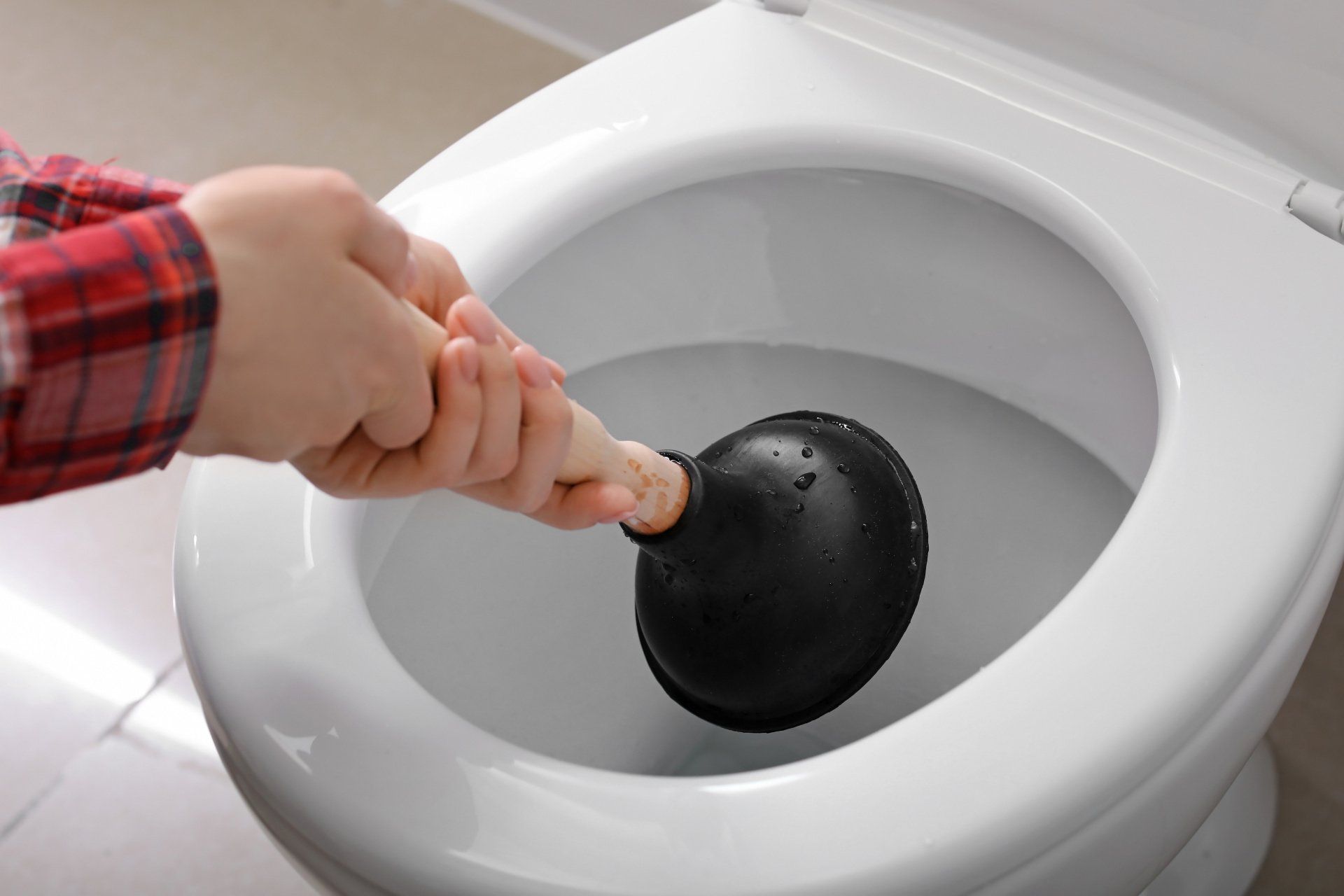
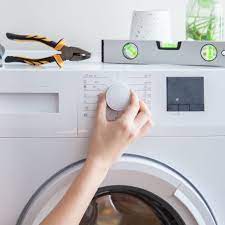
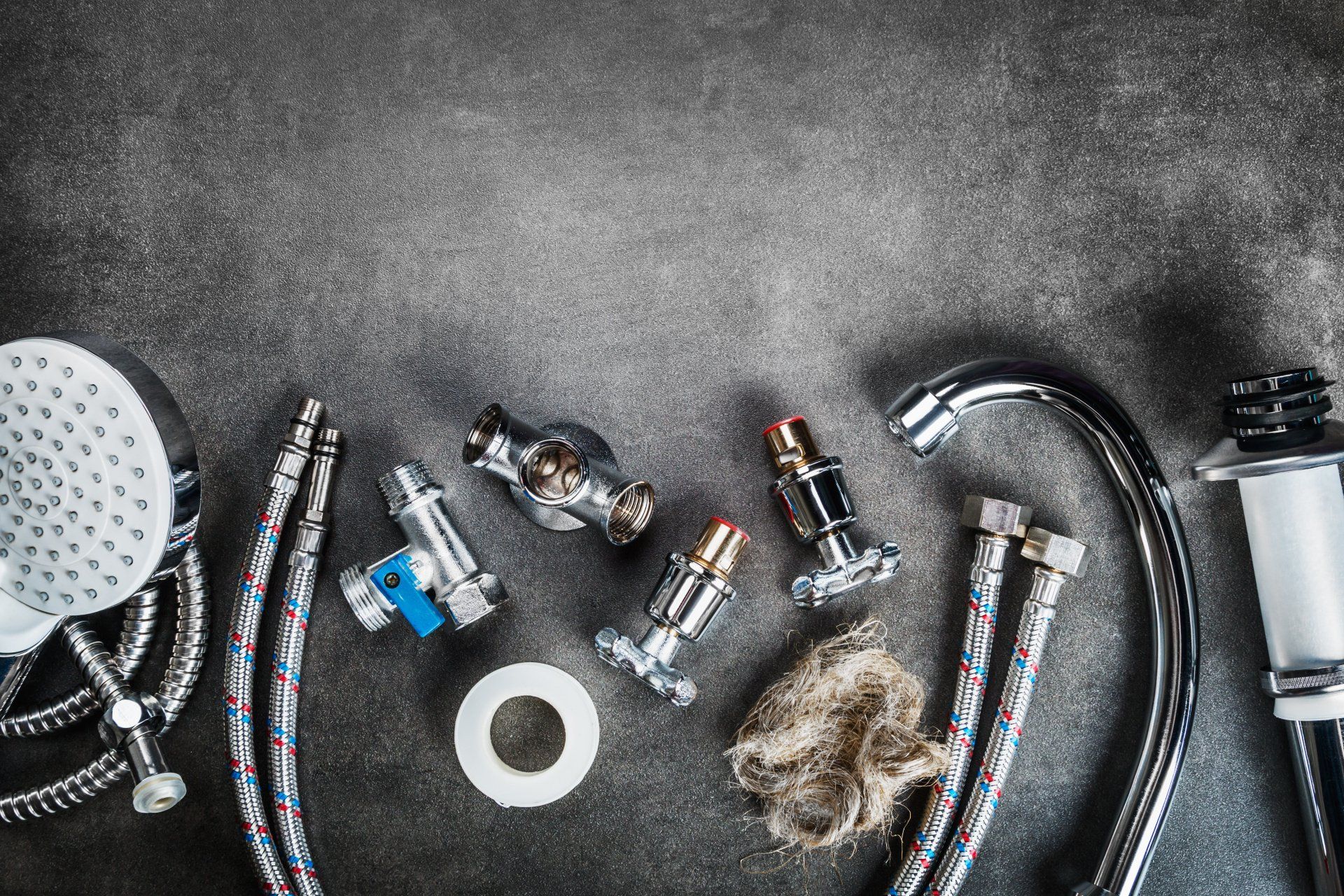
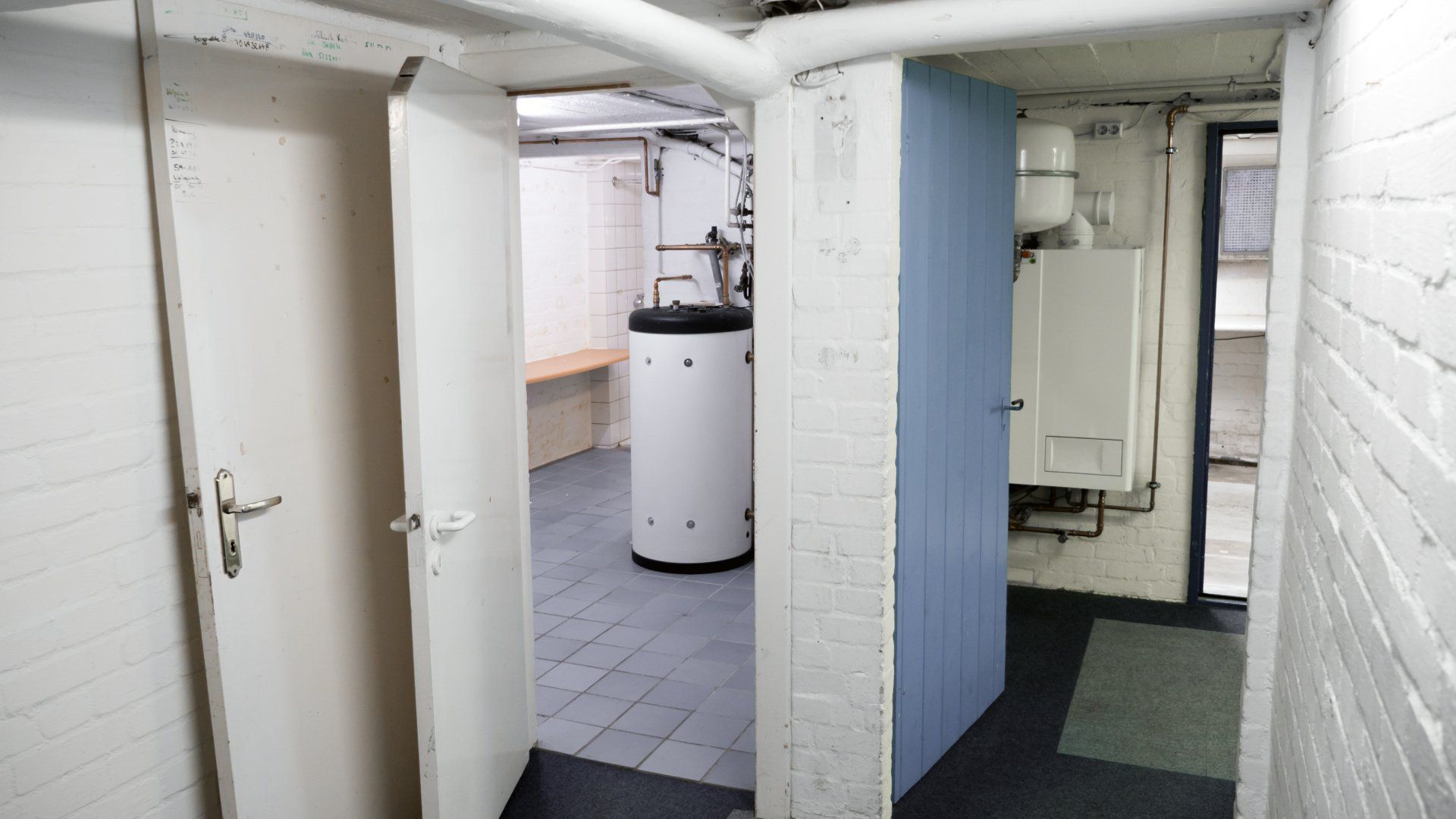
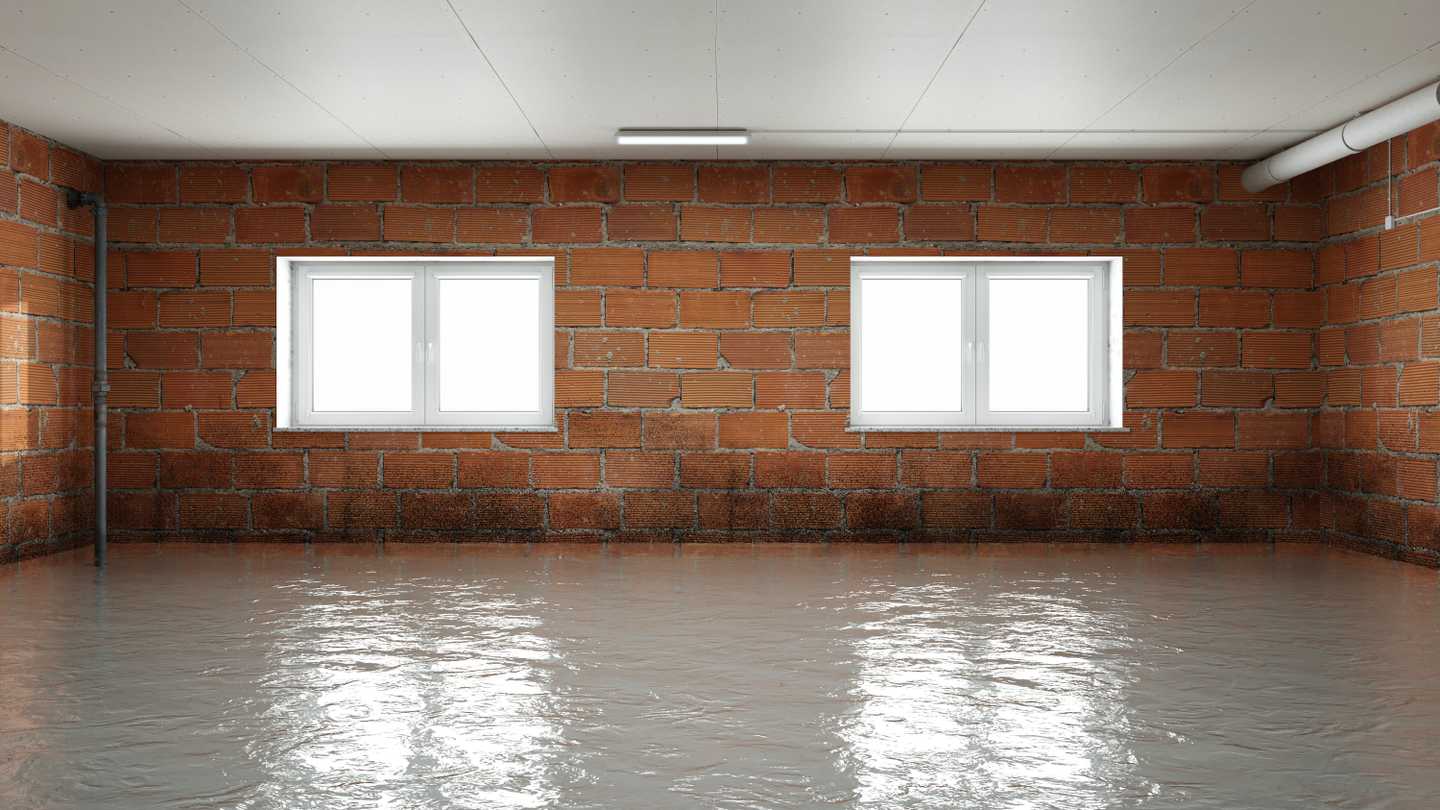
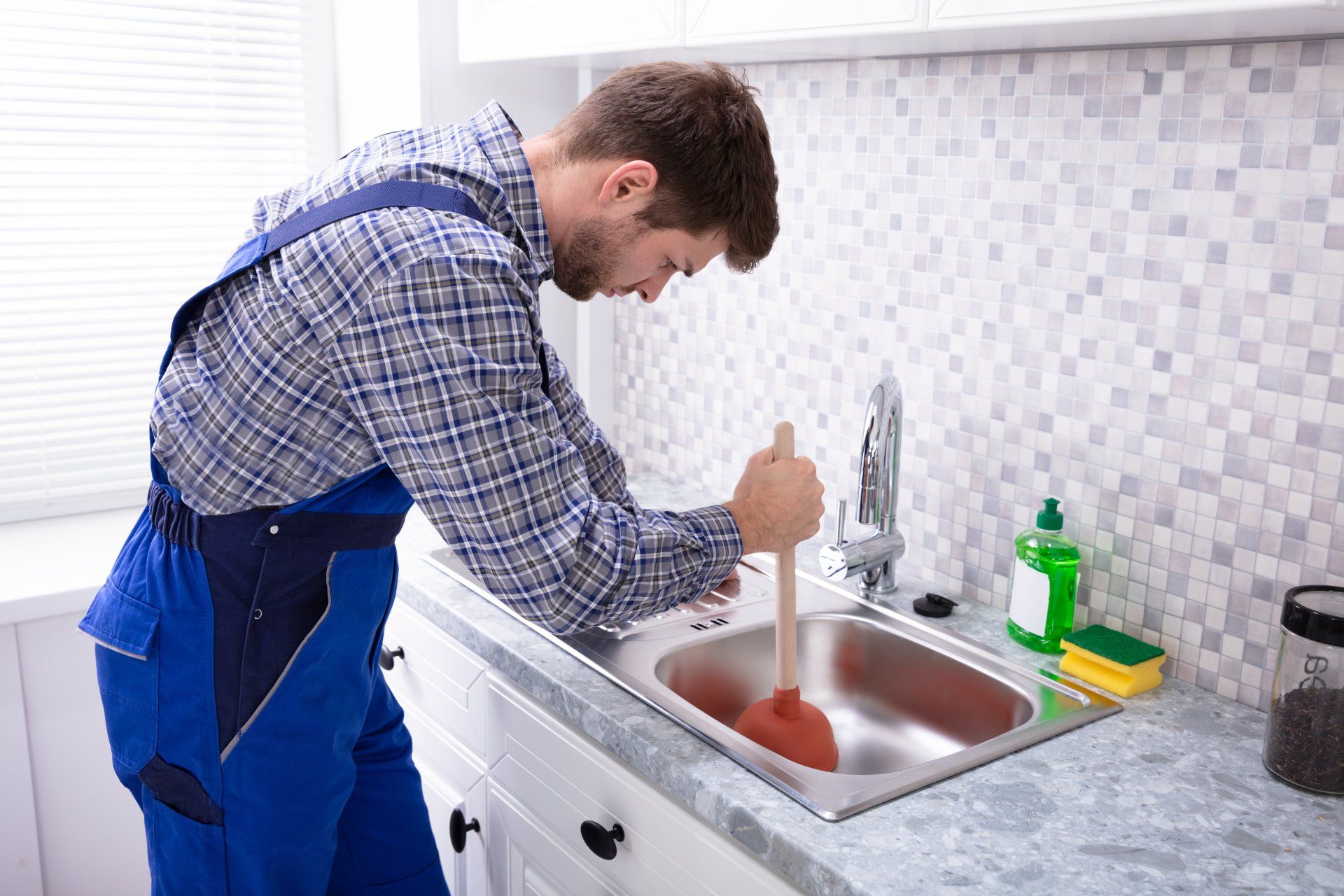
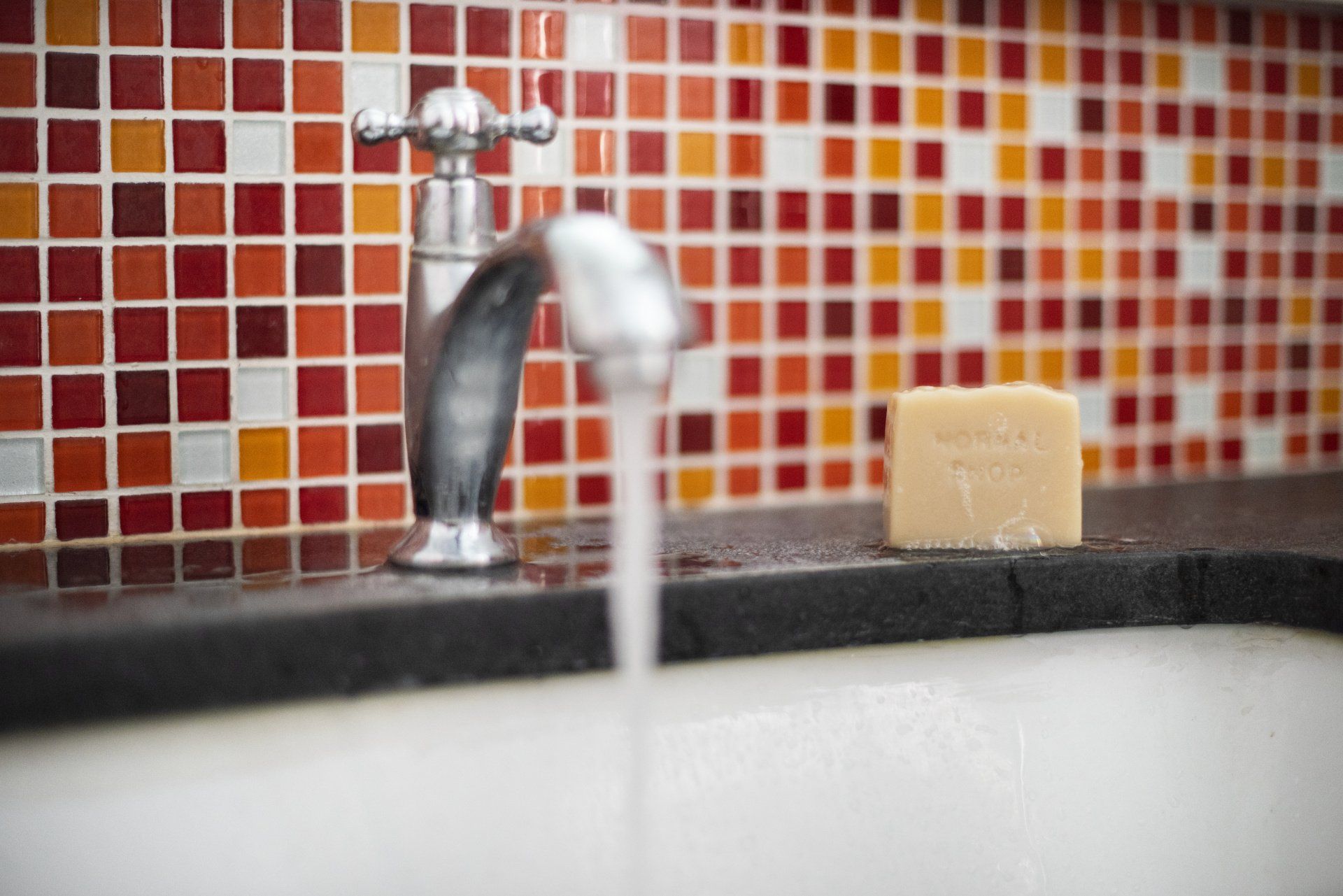
- Appleton, WI
- Hortonville, WI
- Greenville, WI
- Menasha, WI
- Neenah, WI
- Darboy, WI
- Kimberly, WI
- Little Chute, WI
- Freedom, WI
- Sherwood, WI
- Larsen, WI
- New London, WI
- Black Creek, WI



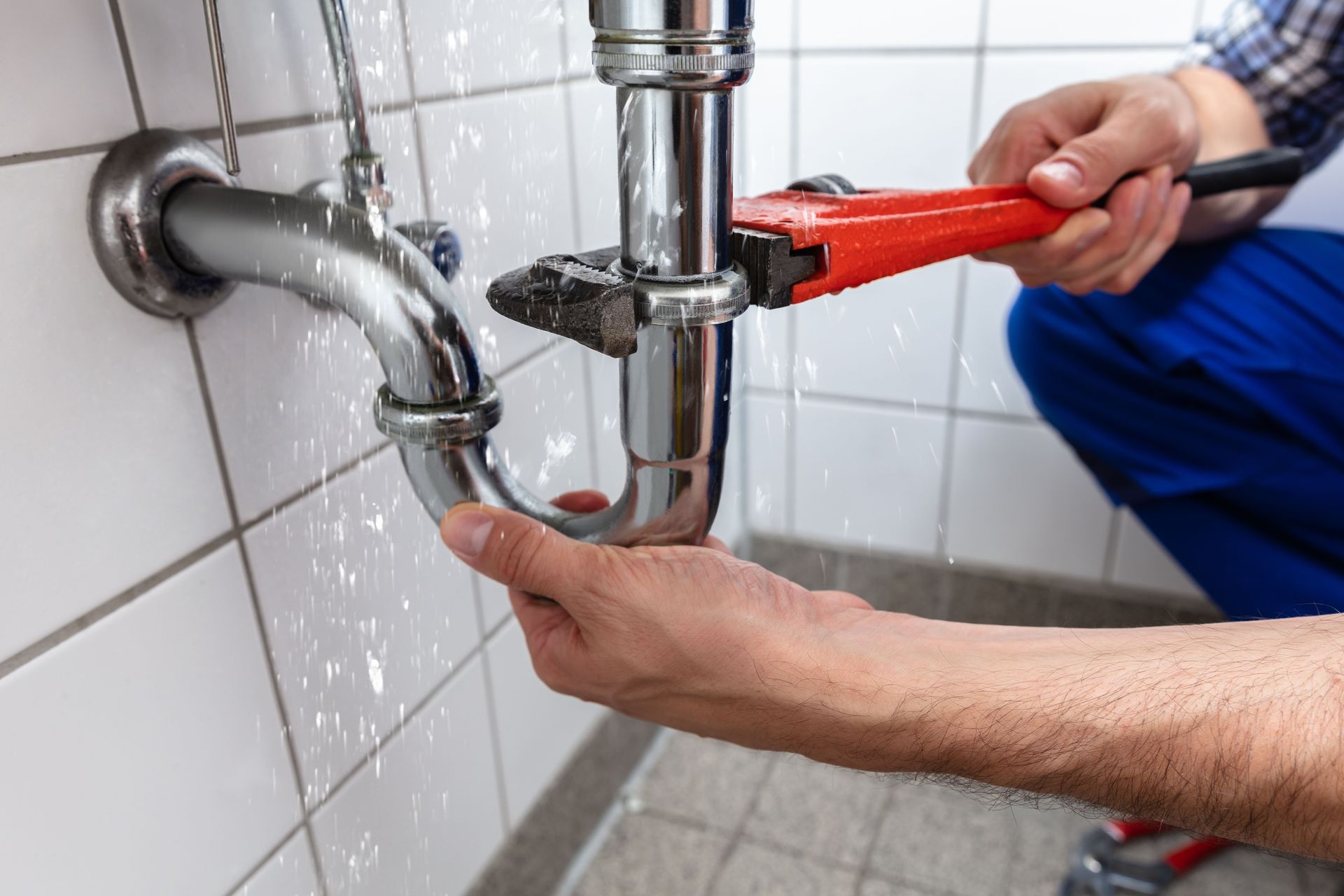
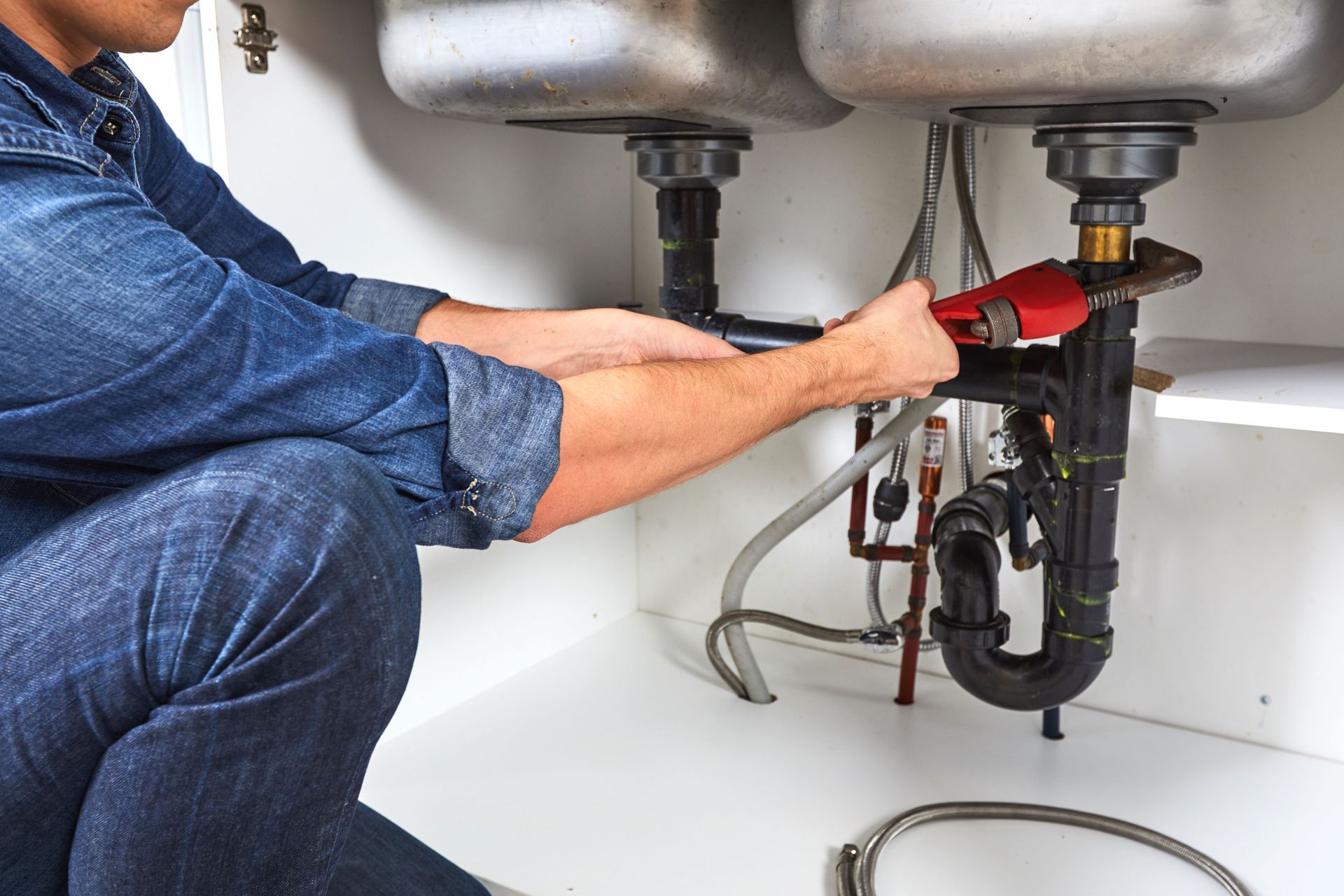
Share On: